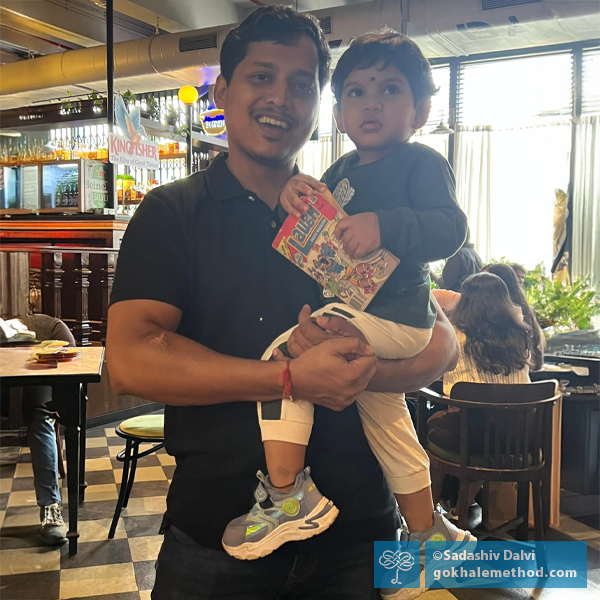In May I spent two weeks in Mumbai, on the west coast of India. To a newcomer it can be overwhelming, being a megacity of over 12 million people; I hold a deeply personal connection and affection for this place where I grew up.
I was in Mumbai on holiday, but I didn’t break my habit of over three decades of taking some candid photos and videos of what I observed around me. Nothing newsworthy or touristic—just snatches of daily life here and there. Whereas seeing healthy posture has become rare in the US, it is still an everyday encounter in India, and that has inspired me to record it and share.

